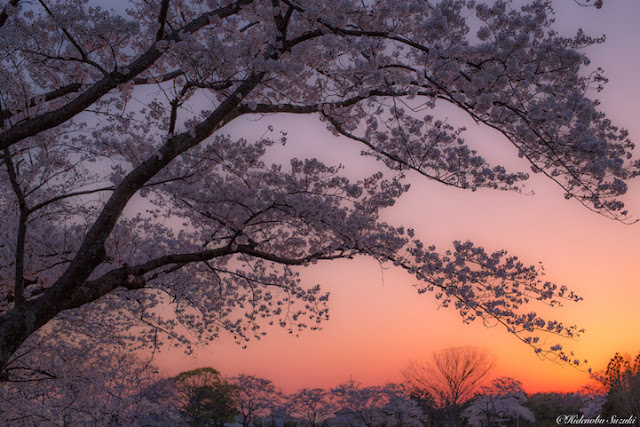A
thoughtful dad “Bryan Ware” was inspired to make the Crayon initiative while
watching his two sons color during a birthday dinner. I was really wondered,
what happened to these crayons after we leave if we don’t take them with us?
Later on, Bryan asked a restaurant employee this same question and was
distressed to hear that all the crayons are thrown out after they leave even if
they are left untouched. After thinking a lot to change the crayons' wasteful
fate, Bryan Ware started to take them home because he was sure he could find a
way to give these surplus coloring tools to a kid in need. Therefore, from this
simple, yet awfully considerate idea, the Crayon Initiative was born.
This
nonprofit organization's objective is to re-cycle old crayons into new life for
the children at California-based hospitals. To make his project successful he
collects useless crayons from all over, i.e. restaurants, schools, Family and
friends. Then, he starts to melts them down and converts into a special mold to
form the fresh drawing utensils. Hence, the special mold is the important key
because it was developed in collaboration with an occupational therapist to
make it at ease for special needs children to hold. Since its conception, this
nonprofitmaking has donated over two thousands crayon boxes to children's
hospitals. This month, the initiative will perform its very first out-of-state
donation to a New York City hospital. In doing so Ware hopes to continue
expanding as he helps the hospitalized youth all across the country. He says, from my viewpoint, the main goal is
to give them an escape, and I can’t even fathom what these kids are going
through. If these crayons give them an escape from that hospital room for 10
minutes, we’ll thought, we did our job.













































